It takes a lot of time and care to keep our collections and specimens out of harm’s way. A TikTok viewer asked us on a video of mounting a herbarium specimen, “How do you protect it from decomposing?” and we sought to answer that question, but it would certainly take more than 150 characters. From start to finish, the process can take anywhere from 7 days to weeks, depending on the amount of specimens that we receive. We have roughly 533,000 specimens, and that number continues to grow. Here’s a look at what steps we take to ensure they will last and be preserved for use in the future.
First, we press the new fresh plants between sheets of newspaper and corrugated cardboard and use cam straps to bundle them as tightly as possible.
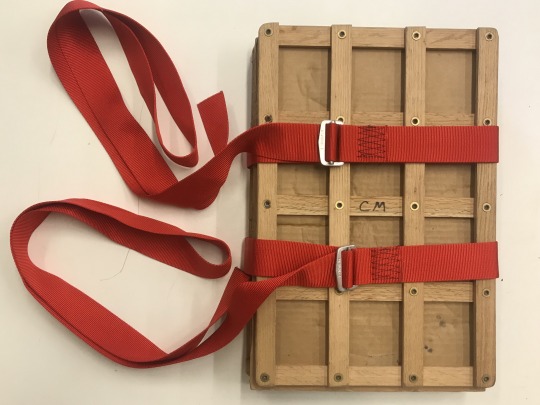
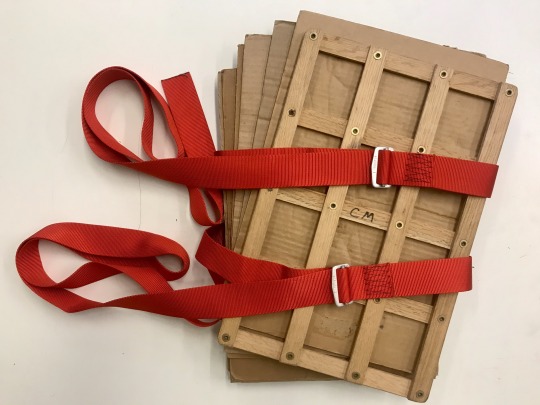
We dry them rapidly with a box crafted by Bonnie and Joe Isaac. A small space heater forces warm dry air between the pieces of cardboard. The quick drying is essential to preserving the colors of plants we collect. Quick drying also makes it less likely a plant specimen will rot, mold, or have browning of leaves than if it were just drying at room temperature for several days or weeks. Our method usually dries them in 72 hours or less.
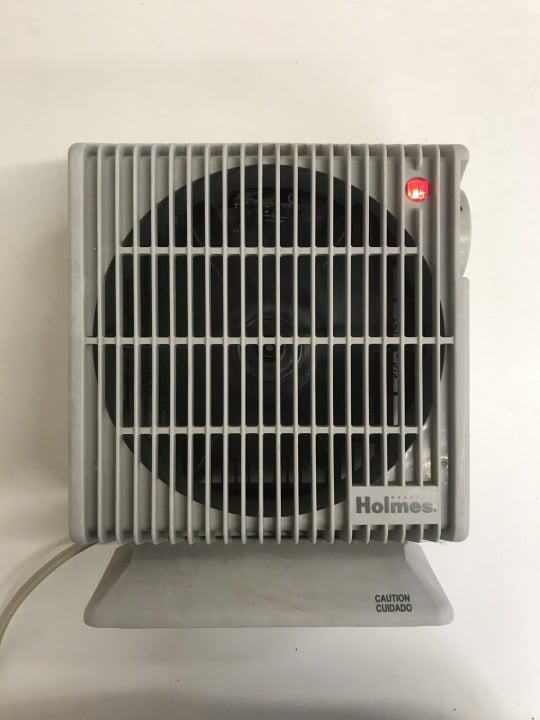
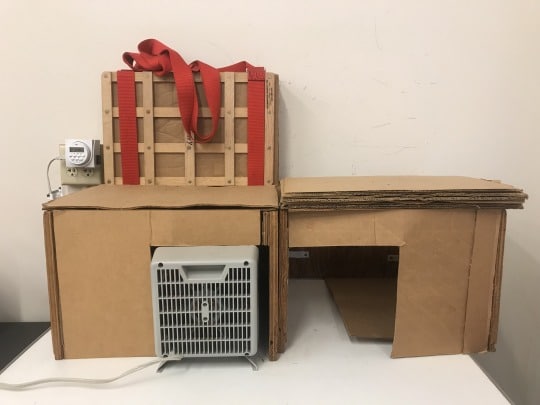
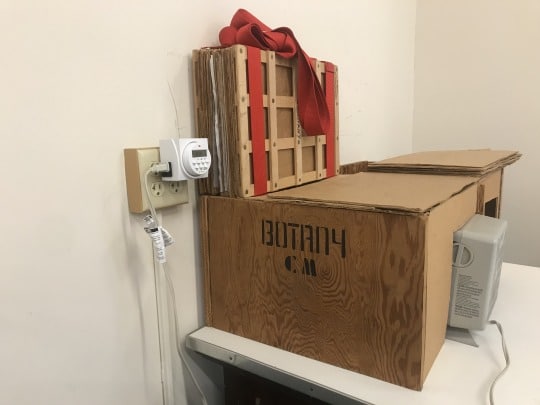
After they are pressed, we place the specimens in a freezer for at least 24 hours. This will be their first freeze: it is done to get rid of any living pests that may be hiding in the material.
Next, we mount dried plant specimens onto cotton fiber neutral pH archival acid free paper. The basic Elmer’s glue we use to stick the specimens to the paper is also acid free and good for archival use, as well as the paper and ink used on the data labels. After they are mounted, they will meet with the freezer for at least another 24 hours, assuring any pests that were able to survive the last freeze will be eliminated.
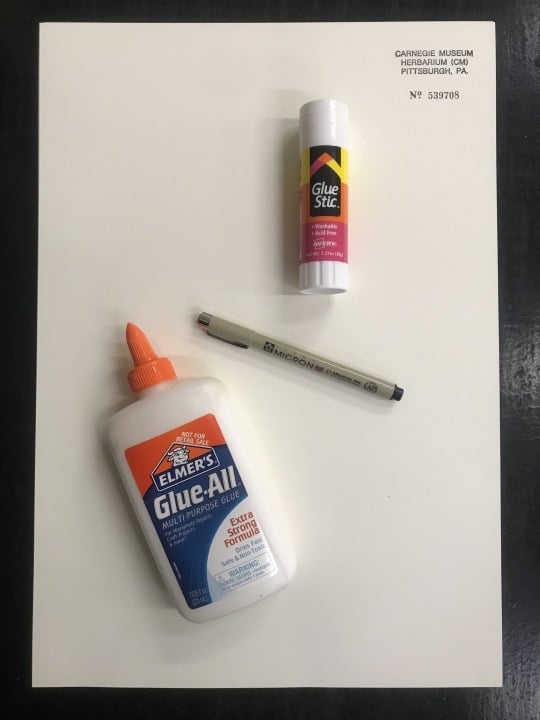
Their data are then entered into our database, and we take high resolution photos so that we can post the images alongside their data for use.
Finally, the metal cases we store them in are light tight and airtight, preventing exposure to UV light, insects and pests, humidity, water, and in some cases fire damage. UV light can be the most harmful to the fading and quality of specimens. The longer things are on display the more faded the colors can become, which is part of why behind the scenes collections are so important.
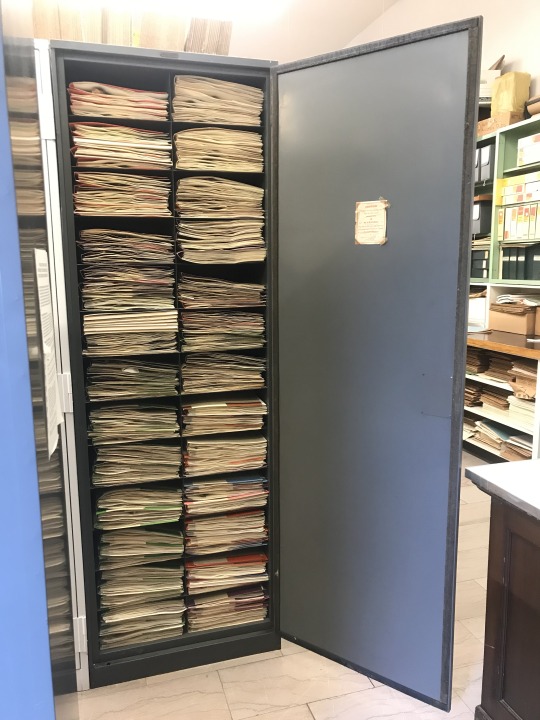
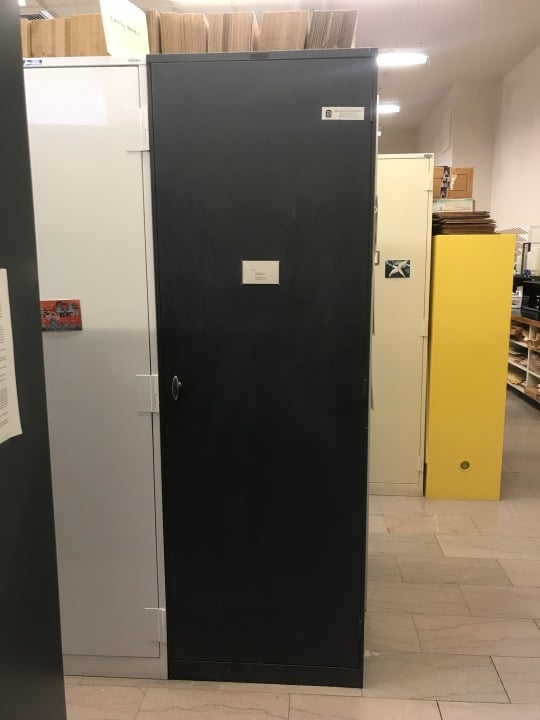
Maintaining and protecting the collections that we house is a full time labor of love. You see these specimens through so many steps and look closely at each item. You learn their names, their attributes, where they are from, and you share these tiny joys with everyone else when you are able to display these beautiful works of nature and art. So maybe another answer to the question “How do you protect it from decomposing?” is… you just love it a little extra.
Sarah Williams is Curatorial Assistant in the Section of Botany at Carnegie Museum of Natural History. Museum employees are encouraged to blog about their unique experiences and knowledge gained from working at the museum.
Related Content
Collected on this Day in 1966: Santa Clauses
Museum Conservation: Cleaning the Kayak in Wyckoff Hall of Arctic Life
